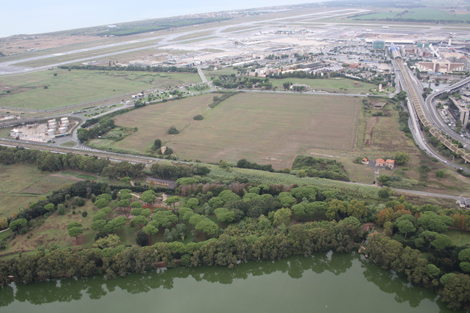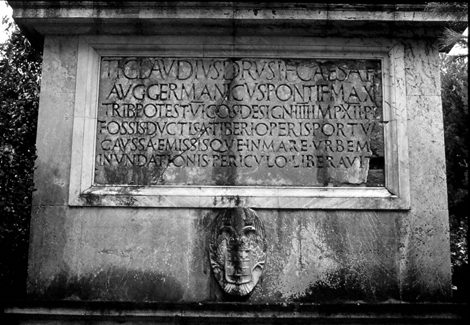The Claudian Period
Portus was established 3km to the north of Ostia by the Emperor Claudius and was subsequently inaugurated under Nero. It comprised a substantial 200 hectare harbour basin that was defined by concrete moles that were open to the Tyrrhenian sea and announced to incoming ships by a massive lighthouse (Pharos). Our excavations uncovered a stretch of the concrete mole on the south side of this basin, and show that there were no buildings in the area until the early 2nd c AD. Little is known about the infrastructure of the rest of the port apart from a massive complex of warehouses, the so-called Grandi Magazzini di Traiano, for the storage of grain built around a small i1.2 hectare internal basin, the Darsena, and the supply of fresh water by aqueduct. The harbour basin was used as an anchorage by seagoing ships and was connected to the Tiber by two large canals – the so-called Fossa Traiana and the Canale Traverso. These canals enabled cargoes unloaded from the ships to be moved upriver to Rome in boats (naves caudicariae). The canals were also intended to prevent flooding in Rome by easing swollen waters in the lower Tiber. On the south side of the ‘Fossa Traiana” and the north side of the Isola Sacra, a small settlement also developed adjacent to the Imperial marble yards (statio marmorum).


